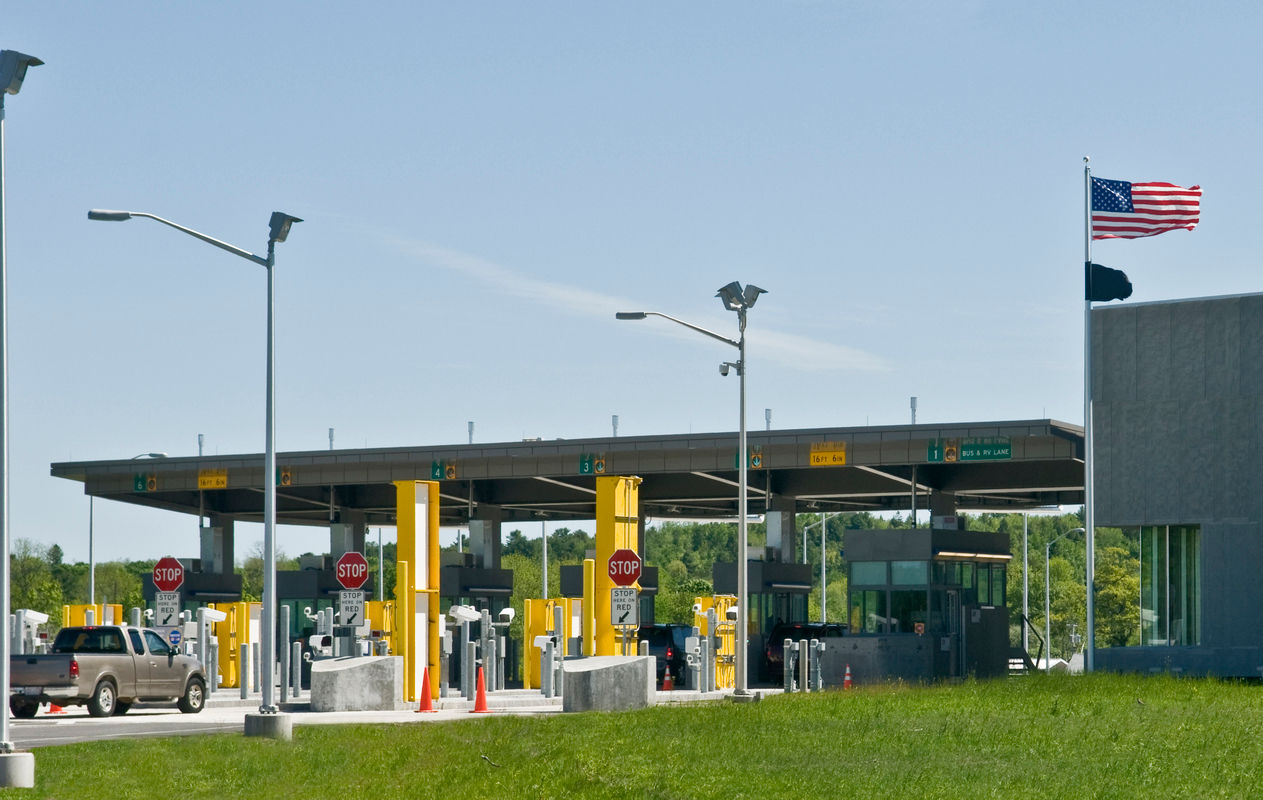
January 4, 2016
What to Know About Lithium-Ion Batteries, Which Can Cause Plane Crashes
Tags:
What to Know About Lithium-Ion Batteries, Which Can Cause Plane Crashes
January 4, 2016
(Photo via Wonderlane)
Hoverboards have been catching on fire in all sorts of circumstances. They’ve started to burn while charging. They’ve caught on fire while riding. They’ve even exploded while nothing was done to them at all—this happened in a Washington mall, as people had to be evacuated.
The main issue isn’t with the mechanics of the hoverboards. Instead it’s the fault of the batteries that power them. Specifically, it’s the lithium ion batteries that are causing the fires.
Faulty batteries affect more than hoverboards. If packed together incorrectly, or if affected by nearby triggers, a group of them can spontaneously combust. Battery fires have forced Boeing to ground its entire fleet of its next-generation planes, the 787 Dreamliner. They’ve only flown again after the company installed a modified system to protect against battery fires.
It’s a deadly serious matter given that lithium ion batteries travel on passenger aircrafts. There were about 5,400 pounds worth of lithium-ion batteries on Malaysia Airlines flight MH370—one of the leading theories of its disappearance is that a fire in the cargo hold caused the pilots to change course and try to land, ultimately without success. There are other examples of deadly fires in the air. In 2010, a UPS cargo plane flying between Dubai and Cologne crashed, killing the crew of two. An investigation revealed that the fire was caused by the combustion of a cargo pallet carrying a large number of batteries.
Why lithium ion batteries catch on fire
Lithium-ion batteries can pack a lot of energy in a small space. The quality that’s so useful for powering our electronics is also the quality that makes them dangerous fire hazards.
They power our laptops, our cellphones, and even our cars: They’ve caused a few earlier models of Tesla’s Model S have burst into flames while on the highway.
The trouble with lithium ion batteries is that a small fault in the thin separators that keeps elements of the battery apart can trigger a short circuit. This causes a buildup of heat, and eventually a “thermal runaway” reached at 150°C (302°F), when the battery bursts into flames. When this happens, nearby batteries start to overheat too.
That kind of trigger comes from poor design or defective manufacturing. They can combust from environmental triggers too: The buildup of heat can come from simply being in a hot place.
In addition, lithium ion batteries can combust during charging. That again can cause overheating if there’s no control system to regulate their temperature.
Here’s a video of a controlled test run by the Federal Aviation Administration on battery fires:
Embedded content: https://www.youtube.com/watch?v=LSZhpLdJ5Eo
The batteries in your cellphone can combust too, if you poke hard enough to separate positive and negative sides of the battery.
Embedded content: https://youtu.be/7-xPHopebiE
What you need to know when transporting batteries
“There are a lot of rules on how batteries can be shipped,” says Michael Baekboel, director of global logistics at Flexport. “They’re considered hazardous materials, so take extreme care to know and follow applicable regulations and guidelines governing your specific product and mode of transport. In fact it should be your first step before you place your order.”
Every shipment of batteries must be accompanied by documentation on its classification and testing report. The International Air Transport Association has a guidance document on what you need to provide. (Note that IATA updated its regulations on packaging in 2016.) We won’t provide any specifics on how to ship different packages; instead we want to provide a general overview of what you should be aware of.
First, rules are different depending on whether you’re shipping batteries, batteries with products, or batteries in products. Rules and documentation also differ on how you transport. You need separate testing and documentation for air transport and ocean transport.
Batteries exceeding a certain voltage fall under hazmat regulations. Once they do, they face stricter documentations as well as packaging and transport requirements. Note that it’s up to the factories you’re sourcing from to ensure that batteries are correctly declared and packaged.
Among the most important of these requirements is the labeling of the individual cartons that contain battery. You have to make sure that your shipment has a Class 9 Dangerous Goods label, which notes that the package contains batteries, must be handled with care, and is a flammability hazard. It also needs to provide special procedures in case of damage, as well as a telephone number for more information.
It must be packaged in such a way to protect them from short circuiting. Take a look at this guide from UPS to see how batteries can be protected and how to take care of spare batteries.
Finally, consider that all major U.S. airlines have banned not just hoverboards but also large shipments of batteries in the hold of passenger aircrafts. Many large international airlines have the same ban in place, including British Airways, Lufthansa, and Emirates.
Why the hoverboard battery problem is likely to go away
The risks with hoverboards have prompted a statement from the chairman of the Consumer Product Safety Commission: “I have directed agency staff to work non-stop to find the root cause of the fire hazard, how much of a risk it might present, and to provide consumers with answers as soon as possible.” The office has also issued certain suggestions particular to hoverboards. They include buying from trusted vendors; not charging the boards overnight; and not charging directly after riding.
The main problem with hoverboards is with their batteries. As Jay Whitacre, Professor of Materials Science & Engineering at Carnegie Mellon University tells Wired: “There are a lot of factories in China that now make Li-ion batteries, and the reality is that the quality and consistency of these batteries is typically not as good as what is found in top tier producers such as LG or Samsung.”
Explosions of lithium ion batteries is not a new problem. It wasn’t so long ago that our cellphones and laptops faced the same challenges. Many failed because their batteries short-circuited. Even now, our cellphones sometimes get uncomfortably warm while charging, and our laptops give off heat after too much use. Still, actual fires involving laptops and cellphones have become a rarity.
We should take this as a reason to be optimistic for the hoverboard. The very best batteries are put into cellphones and laptops, and we’ve optimized their design to prevent the risks of fires. Given time, you’ll only have to fear mockery, not spontaneous combustion, when you zoom around on your hoverboard.
Read this next >> Why is the port of Rotterdam more automated than the port of Oakland?
About the Author
January 4, 2016




